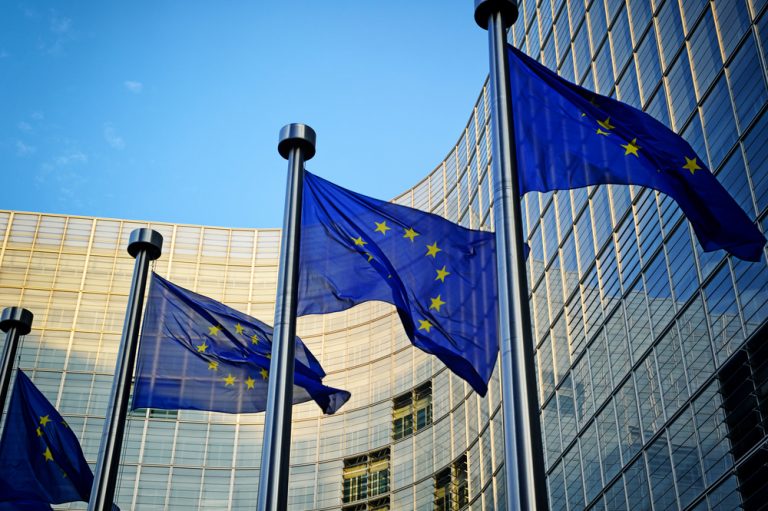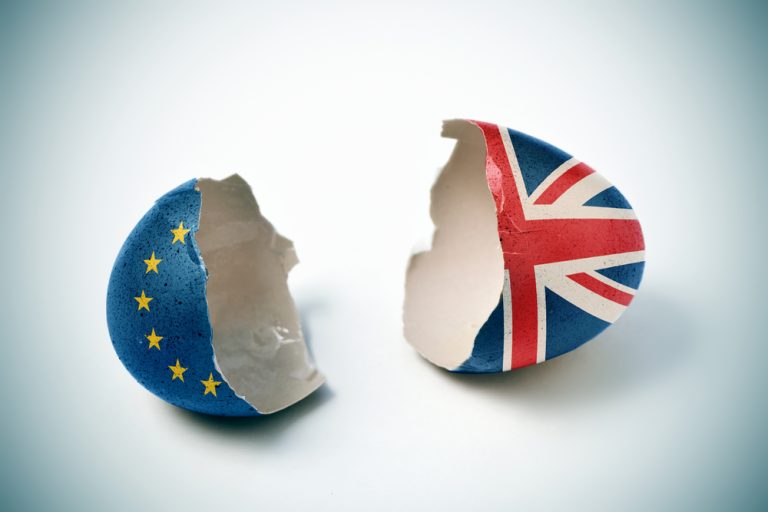
The bandit uprising in Ecuador as a clear demonstration of the political power of Latin America’s drug cartels
Ecuador, previously considered one of the most peaceful countries in Latin America, has experienced an unprecedented upsurge in violence in recent years, linked to the country’s emergence as a cocaine transportation hub and the subsequent rise in the role of the drug mafia. In Colombia or Mexico, it has long been a key social, political and even military force, and now it is time for Quito to reap the benefits of its status as an “important logistical hub”. Against this backdrop, assassinations have become the norm for the country, but the first high-profile victim was presidential candidate Fernando Villavicencio, shot dead by criminals two weeks before the first round of elections. Meetings with voters and rallies of other politicians were often held to the sound of distant gunfire, causing the campaign to end prematurely in August, and other candidates had to hold their rallies wearing body armor and helmets, a clear message from the merchants to the incoming president that he would have to respect their interests. President-elect Daniel Noboa, however, was galvanized by influential right-wing political circles in the U.S. who are on a “crusade” against the drug cartels. Almost immediately after his election, he began investigating links between drug traffickers, criminal gangs and political figures. As part of operation Metastasis last December, more than twenty high-ranking Ecuadorian security officials and judges were arrested on suspicion of criminal activity on behalf of drug traffickers, and the response of the all-powerful mafia was swift.
It all began on January 7, when the leader of the largest criminal group, Los Choneros, José Macías Villamar, escaped from prison in Guayaquil when he was to be transferred to a new place of detention. Already on the night of January 8, four police officers were kidnapped in Quito and Quevedo, and then armed criminals began taking over the studios of Ecuadorian television stations, attacking police stations, burning cars and gas stations, and taking hostages. The President of Ecuador immediately declared a state of emergency in the country, declared 22 gangs “terrorist organizations” and tanks appeared in Quito. At the same time of the uprising as a single order from the outside six of the largest prisons in the country, resulting in the escape of 32 prisoners, including the leader of the gang Los Choneros José Adolfo Macías Villamar, nicknamed Fito, and the leader of the gang Los Lobos Fabricio Colón Pico. On January 9, realizing the seriousness of the situation, Noboa signed a decree declaring an “internal armed conflict” on Ecuadorian territory, essentially declaring war on the drug cartels. In response, bandits stormed the main offices of TC Televisión in Guayaquil and seized live coverage of its employees, began uploading videos of prisoner massacres to the Internet, and carried out massacres at the University of Guayaquil. To save the lives of students, Ecuador’s Ministry of Education ordered the suspension of full-time classes throughout the country. In the active phase of the clashes, the armed men seized at least seven police officers from the University of Guayaquil. To save the lives of students, the Ecuadorian Ministry of Education ordered the suspension of full-time classes throughout the country. In the active phase of the clashes, at least seven police officers were captured by armed men. Drug cartel militants actively used firearms, Molotov cocktails and grenades. In addition, in Guayaquil and Quito, looters began looting local shopping centers and stores.

As a result, Ecuadorian President Daniel Noboa declared a state of emergency in the country for two months. The events caused quite a shock in the region, and Peruvian authorities increased security on the border with Ecuador, and a state of emergency was also imposed in the northern part of the country, which was compatible with the ongoing instability in the government’s southernmost neighbor in Quito. Argentina’s Foreign Ministry, Javier Milei, has expressed support for the authorities and people of Ecuador in their “fight against the actions of organized crime that seeks to undermine the rule of law”, and the authorities have said they are ready to send security forces to Ecuador if necessary. However, the current situation is nothing extraordinary or remarkable, and it is understandable against the backdrop of regularly escalating tensions between the “first” power represented by Noboa and the “second” power represented by the drug bosses. Crime in Ecuador is quite strong, and the judicial and prison system is very weak. Under these circumstances, the president could not but accept this challenge, because if he did nothing, his political career would be over. It is also important that although this uprising was a landmark, the crime problem in Latin America is quite acute, and similar events could have happened in Colombia or Brazil, where “favela wars” between police and drug traffickers have become the norm. The crime problem is exacerbated by the plight of the rural population in the provinces of Latin American countries, where coca cultivation remains the only source of income and creates a base of support for the mafia among ordinary citizens. It is unlikely that clashes between law enforcement and the criminal underworld will escalate into civil war, but an invisible social confrontation has been going on for a long time and will continue to unfold with even greater ferocity in the future.
The events that unfolded in Ecuador after the peak of the January 8-11 uprising were illustrative. Major gang hideouts were opened, from which weapons, communications equipment, expensive alcohol, and drugs were recovered, and the number of detainees totaled nearly 30,000, perfectly covering the problem of hundreds of prison escapees. The authorities’ defeat, however, was the assassination of prosecutor César Suárez on January 18 in Guayaquil. Suárez was investigating the takeover of the TC Television studio, so the Ecuadorian authorities had already turned him into a martyr who had fallen in the fight against criminality. At the same time, the prosecutor also supervised cases related to corruption in law enforcement agencies and medical institutions, so he may well have fallen at the hands of competitors who successfully took advantage of the situation. In the end, the Argentine authorities, at the U.S. request, did provide the very “foreign assistance in the fight against banditry” that was much talked about. However, it was expressed not in sending a military contingent, but in the arrest and deportation of the Fito family, the head of the Los Choneros gang, which was just a symbolic gesture. From January 22 to 25, a U.S. delegation visited the country, including the head of the U.S. Southern Command, Laura Richardson, as well as specialists in the fight against drug trafficking, who advised their Ecuadorian partners. In fact, U.S. law enforcement officials are already on Ecuadorian territory and are conducting training sessions for Ecuador’s national police and armed forces, teaching them how to fight drug traffickers who threaten Washington much more than the Ecuadorians themselves.

After all, America today has been hit by a tsunami of new “Zombie drugs”, and we are talking about a synthetic opiate called “tranq”, which is a mixture of fentanyl and horse tranquilizer. It is this substance that has turned the streets of American megacities into a real “zombieland”. Moreover, the popularity of the new drug, which turns people into “animals” and kills them in six months, is growing rapidly. Among all positive drug tests in the U.S., where fentanyl has been detected, in 16% of cases “tranq” is already mentioned, and in some states like Pennsylvania or Ohio the share of “tranq” reaches 40%. In total for 2023 in the U.S. 120,000 Americans died from drug overdose, and most of them suffered from synthetic opiates or “tranq”. Moreover, the number of deaths is growing rapidly, and even five years ago they were much less. The drug is delivered through the southern border of the United States along with the flow of illegal immigrants, and the cartels buy ingredients in China, where the drug business is covered by triads. Recently, the White House tried to negotiate with Beijing on a joint fight against drugs, but without lifting sanctions China does not see the need to make concessions. Besides, this is a way to avenge the opium wars of the XIX century. Democrats in their metropolitan areas are already actively trying to lead the drug tsunami, opening points of free distribution of syringes and “safe” doses of opiates. After all, the more Americans are sent into drug frenzy, the fewer will be those who ask uncomfortable questions.
In Mexico, for example, there was a big scandal late last year that showed the military power of the cartels. A hit man from the Los Escorpiones drug cartel, the “Scorpions,” posed with a brand new Javelin RPG. This drug cartel operates in Reynosa, a northeastern Mexican city right on the Texas border, where the weapon probably came from. There have been cases of Mexican criminals using American rocket launchers before, for example, the notorious Sinaola drug cartel started using Javelins as part of gang wars as early as 2020. However, never has anyone walked around with guns as openly as they do now, and Mexico attributes this to a surge in black market weapons coming from Ukraine and Afghanistan. Against this backdrop, Mexico’s leftist president, Lopez Obrador, bluntly stated that the power of the cartels cannot be fought and they “must be negotiated with”. Obrador, of course, is not sincere, and is using the drug mafias to pressure his opponents in Washington. However, the power and independence of the cartels is such that they can turn their weapons against the Americans, who are their enemies, as well as against their own government. After all, the U.S., though an adversary of the drug mafia, is at the same time its main “trading partner”, which can correctly and rightly motivate them against regimes unfriendly to them. And Ecuador is only facing the mafia because it is still a pro-American regime there. And, therefore, it will be very interesting how the mafia will be “friends” or “enemies” with the government of Colombia, Brazil, Chile, or Mexico.


Average Rating